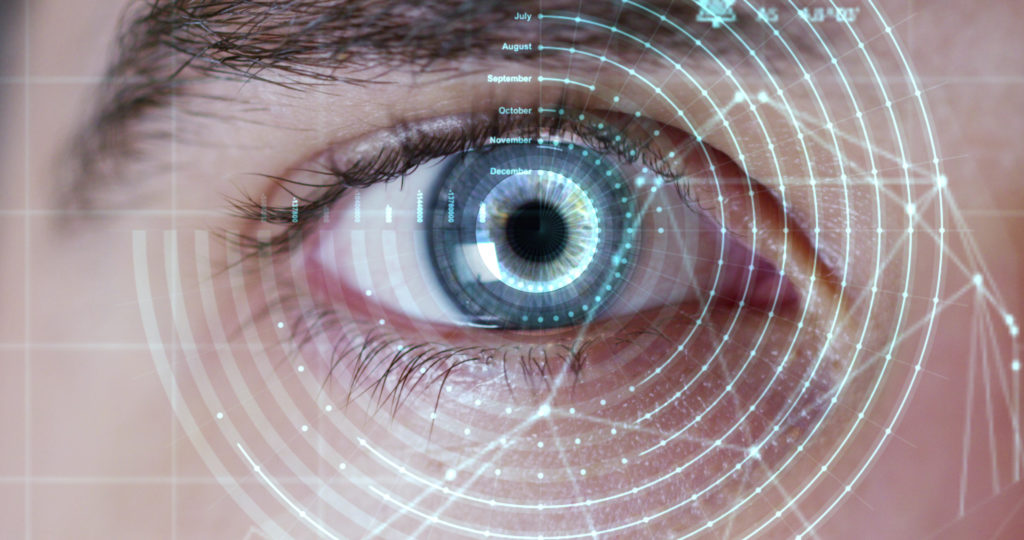
The era of the traditional password and username combination is approaching its end…at least as the sole solution to authenticate users. In the new digital world, where devious hackers are constantly using social engineering techniques to trick people into giving away their details, we need more robust verification systems. Multifactor authentication is the proper way to go and biometric technologies, such as fingerprints, iris scanning and facial recognition software, offer an entirely new and attractive type of authentication factors. They’re much simpler, requiring the user to log in with a glance into the smartphone screen or a touch of a button, and could be more secure, as it’s more difficult to steal someone’s DNA or physical appearance than a password!
As banks shift more services to digital platforms, customer convenience and security becomes increasingly important. We were excited to see TSB announce that some of its UK customers will be able to use iris scanning to access to their bank accounts from September. They will need to use a Samsung Galaxy S8 to access their funds; a smartphone which comes with lots of different types of biometric authentication, which we discussed in this post.
However, it’s important to remember that biometric technologies need to be implemented in the right way; if they aren’t, then they could lead to an additional security risk and disrupt the customer journey. For instance, there have been reports about fraudsters successfully impersonating other people’s photos to gain access to services. In addition, if the data isn’t secured properly on databases, then it’s possible people’s information could be leaked, damaging customer trust in organizations. Ultimately, while a person can change their password easily, it’s a little more difficult to amend your DNA!
Secure storage is clearly vital if we’re to see a future where biometrics dominate over passwords for login processes. For purposes of convenience, it’s also crucial that we develop biometric technologies that are accurate and respond quickly to user interaction.
Nevertheless, we’re excited to see TSB embrace iris scanning as a method. It’s a sign that the customer journey is becoming an increasingly crucial differential in the battle for banking customers – and biometrics clearly has a role to play. Expect to see more financial institutions adopt innovative login measures as the battle for banking consumers heats up.


